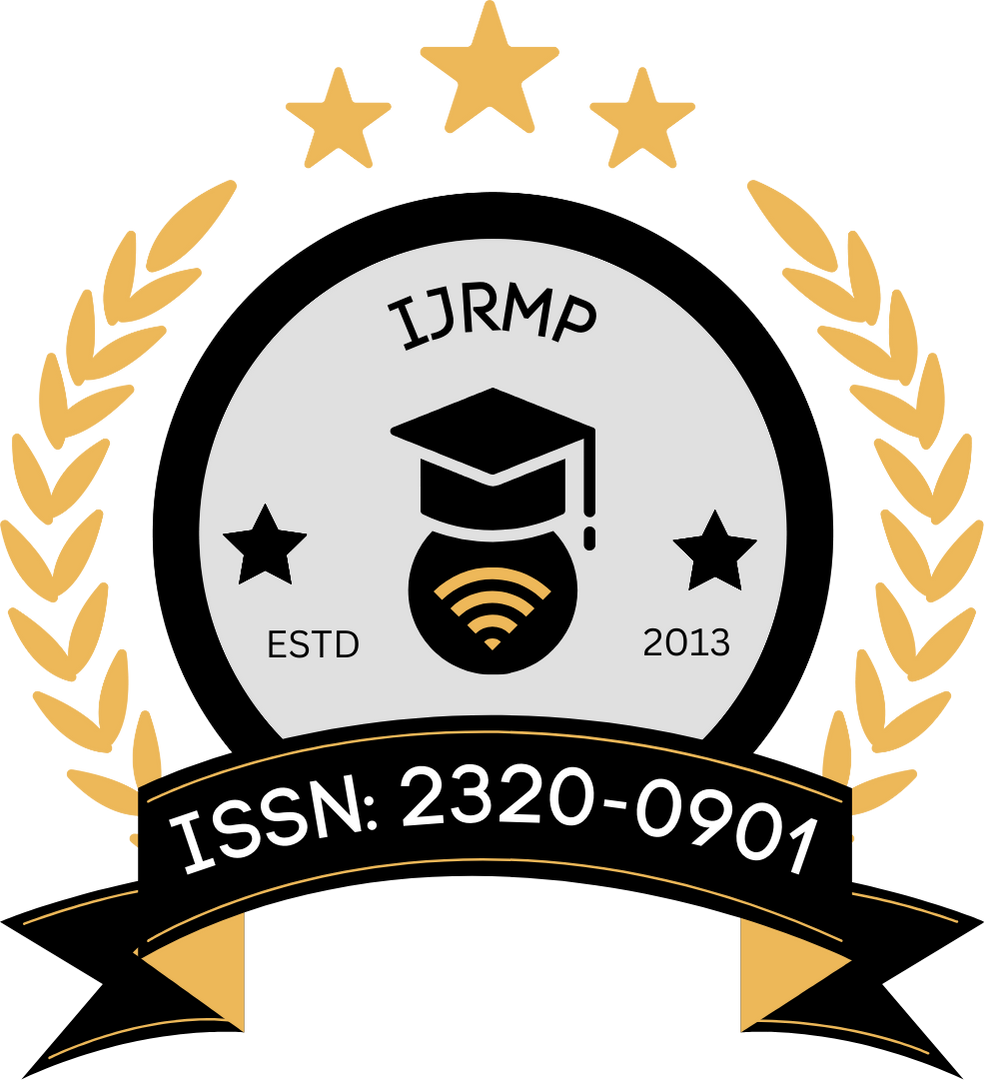![]()
Shalini Verma
Independent Researcher
Delhi, India
Abstract
Public health emergencies, such as outbreaks and pandemics, disrupt traditional clinical trial operations, especially on-site monitoring. During such crises, remote site monitoring emerges as a vital tool to ensure continuity and compliance in clinical research. The Clinical Research Coordinator (CRC), traditionally responsible for on-site operational management, plays an expanded and critical role in facilitating remote access to trial data, ensuring data integrity, and maintaining regulatory compliance. This manuscript investigates the evolving role of CRCs during such crises, highlighting their contributions to remote coordination, documentation management, technological facilitation, and communication with sponsors and monitors. It draws on historical case studies, documented protocols, and peer-reviewed literature prior to the widespread use of decentralized trials, focusing on the systems and practices adopted before 2016. This study also explores the ethical and operational challenges faced and suggests robust coordination frameworks that CRCs can utilize to enhance remote monitoring effectiveness.
Keywords
Clinical Research Coordinator, Remote Site Monitoring, Public Health Emergency, Clinical Trials, Regulatory Compliance
References
- Food and Drug Administration. (2013). Guidance for industry: Oversight of clinical investigations — A risk-based approach to monitoring. U.S. Department of Health and Human Services. gov
- European Medicines Agency. (2013). Reflection paper on risk-based quality management in clinical trials (EMA/269011/2013). Author. europa.eu
- Byrom, B., McCarthy, M., Muehlhausen, W., & Philips, M. (2016, September 12). Remote monitoring of patients in clinical trials. Applied Clinical Trials, 25(9), 26-32. com
- Manasco, P. K. (2016, June). Quality remote monitoring: The tools of the game. Applied Clinical Trials, 25(6), 18-24. com
- Berry, S. M., Kadane, J. B., & Azriel, D. (2016). A response-adaptive randomization platform trial for efficient evaluation of Ebola virus treatments: A model for pandemic response. Clinical Trials, 13(1), 22-30. https://doi.org/10.1177/1740774515621721 ncbi.nlm.nih.gov
- Getz, K. A. (2011). Low hanging fruit in the fight against inefficiency. Applied Clinical Trials, 20, 30-32. com
- Tantsyura, V., Grimes, I., Mitchel, J., & Fendt, K. (2010). Risk-based source data verification approaches: Pros and cons. Therapeutic Innovation & Regulatory Science, 44(6), 745-756. https://doi.org/10.1177/009286151004400611 springer.com
- Usher, R. W. (2010). PhRMA BioResearch Monitoring Committee perspective on acceptable approaches for clinical trial monitoring. Therapeutic Innovation & Regulatory Science, 44(4), 477-483. https://doi.org/10.1177/009286151004400412 springer.com
- Baigent, C., Harrell, F. E., Buyse, M., Emberson, J. R., & Altman, D. G. (2008). Ensuring trial validity by data quality assurance and diversification of monitoring methods. Clinical Trials, 5(1), 49-55. https://doi.org/10.1177/1740774507087554 ncbi.nlm.nih.gov
- Eisenstein, E. L., Lemons, P. W., Tardiff, B. E., Schulman, K. A., Jolly, M. K., & Califf, R. M. (2005). Reducing the costs of Phase III cardiovascular clinical trials. American Heart Journal, 149(3), 482-488. https://doi.org/10.1016/j.ahj.2004.04.049
